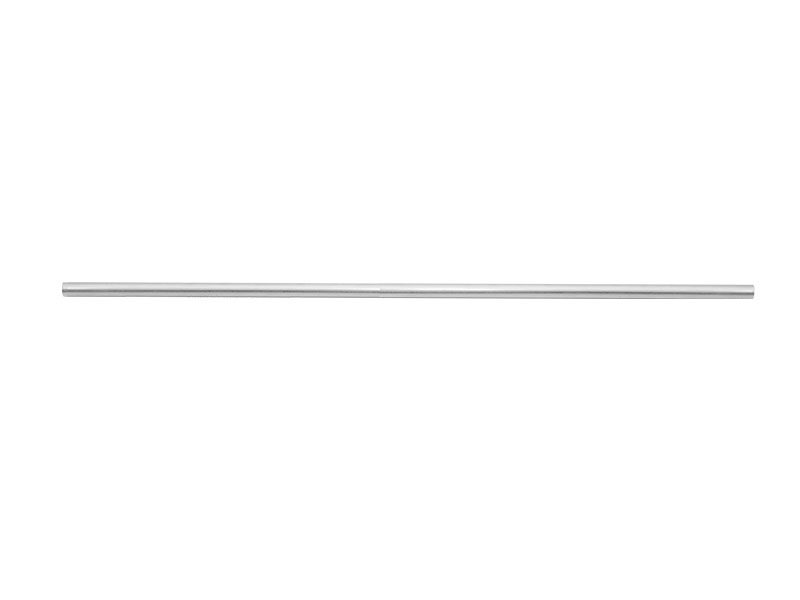Abstract:Post-weld heat treatment (PWHT) offers several benefits for welded stainless steel pipe, particularly in specific applications where the treatment is
Post-weld heat treatment (PWHT) offers several benefits for
welded stainless steel pipe, particularly in specific applications where the treatment is deemed necessary. The advantages of PWHT include:
Relief of Residual Stresses: Welding induces residual stresses in the welded joint and the surrounding material. These residual stresses can lead to distortion, stress corrosion cracking, and reduced mechanical properties. PWHT helps to relieve these stresses, which can improve the overall structural integrity of the welded stainless steel pipe.
Improved Mechanical Properties: PWHT can enhance the mechanical properties of the welded joint and the base metal. It can lead to increased tensile strength, ductility, and toughness. This is particularly important in applications where high mechanical performance is required, such as pressure vessels, pipelines, and structural components.
Reduced Sensitization: Some stainless steel grades are susceptible to sensitization during welding, where chromium near the grain boundaries forms chromium carbides, reducing the material's corrosion resistance. PWHT at elevated temperatures can reverse sensitization by dissolving these carbides, restoring the stainless steel's corrosion resistance.
Enhanced Corrosion Resistance: For stainless steel alloys that are susceptible to intergranular corrosion due to sensitization, PWHT can significantly improve the corrosion resistance by eliminating the sensitized regions and promoting the formation of a stable passive oxide layer on the metal's surface.

Improved Fatigue Resistance: PWHT can increase the fatigue resistance of welded stainless steel pipes by reducing the potential for stress concentration points and microstructural defects that can initiate fatigue cracks.
Uniform Microstructure: PWHT promotes a more uniform and stable microstructure throughout the welded joint and the heat-affected zone (HAZ). This uniformity can help mitigate the risk of localized corrosion and mechanical failures.
Dimensional Stability: PWHT can help maintain the dimensional stability of welded stainless steel pipes by reducing distortion and preventing warping or bending that may occur during welding.
Compliance with Standards and Codes: In many industries, PWHT is a required step to meet specific codes and standards, ensuring that the welded stainless steel pipes meet the necessary safety and performance criteria.
Extended Service Life: By reducing the likelihood of corrosion, stress-related failures, and other mechanical issues, PWHT can extend the service life of welded stainless steel pipes, making them more durable and reliable.
Consistent Quality: PWHT is a controlled and repeatable process, leading to consistent and predictable results in terms of mechanical properties and material behavior. This consistency is important in industries where product quality and reliability are critical.
